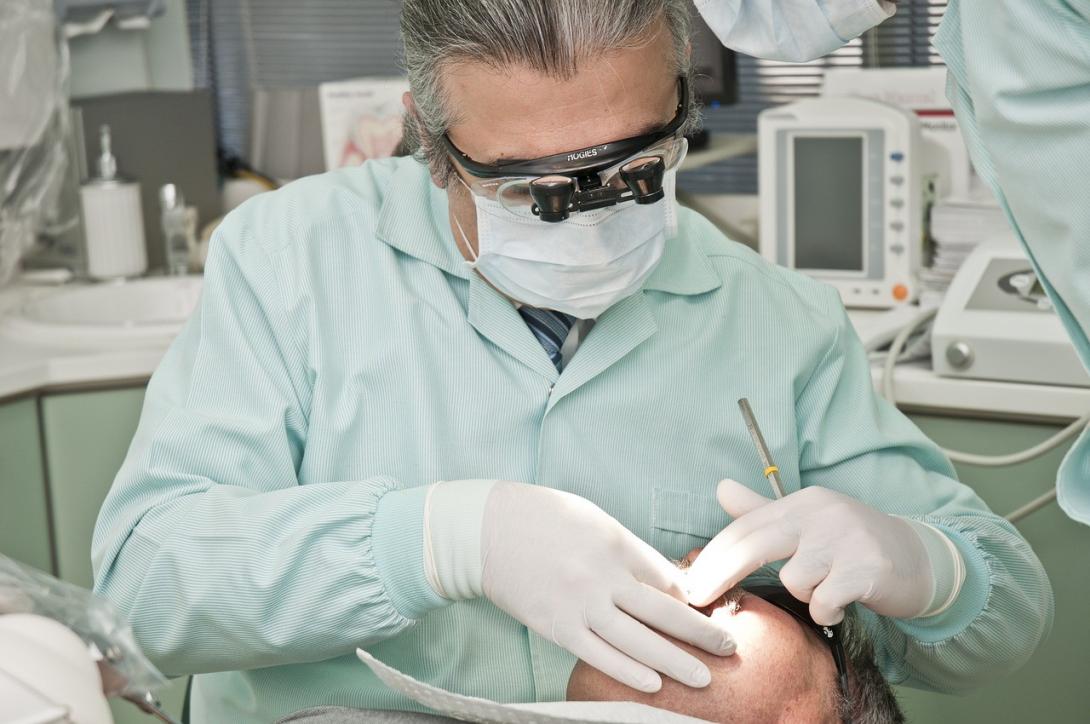
Jan. 15 was a banner day for Marcus Uchida. After earning his doctor of medicine degree in dentistry from Oregon Health & Science University and working in a corporate group practice for more than four years, he opened the doors of his own practice, Smile Oswego Dental in Lake Oswego.
Just 32 days later, Gov. Kate Brown banned non-essential medical procedures to conserve protective gear for hospital workers treating COVID-19 patients.
He shut his doors.
Uchida spent the next two months preparing for a resumption of business. He plowed $15,000 into purchases of air purifiers, filtration systems and aerosol suction machines to bring his office up to state and federal COVID-19 mitigation standards.
His office reopened the second week of May.
But as coronavirus cases surge in many parts of the country that have reopened businesses and allowed public gatherings, Uchida faces the same dilemma smaller practices across the country face: trying to build a business in the middle of a pandemic and amid unprecedented reluctance by patients to come in for treatment.
“It’s very impactful,” Uchida said. “Starting up a dental practice from scratch alone in a booming economy has active challenges itself. You have zero active patients, no referrals from doctors, little community involvement. When you throw in a global pandemic and a recession that looks like it’s going to turn into a depression, all that stacking on top makes it really difficult.”
Nationwide, patient spending on dental care is projected to be between 31% and 38% lower this year compared to pre-COVID-19 estimates, and zero to 20% lower in 2021, according to data published by the American Dental Association in June. Those projections are significantly rosier than the association’s April forecast, which predicted 66% declines this year and 32% next year.
But the association notes “major uncertainty” still plagues the industry. That’s especially true for newer offices like Uchida’s, which are still trying to build up patient lists and demonstrate their offices are safe from COVID-19 exposure, while many patients are continuing to put off treatment for all but the most urgent dental needs.
“Dentists are absolutely facing financial burdens,” said Jennifer Goff, director of government affairs for the Oregon Dental Association. “Our members are dedicated to ensuring that their teams and patients are safe, and unfortunately, that comes at a significant financial cost.”
The U.S. Centers for Disease Control and Prevention’s COVID-19 guidelines for dental practices calls for offices to carry extra personal protective equipment like face masks and shields, eye protection, gowns and gloves, and to change each frequently. The guidelines also call for thorough workspace cleaning and disinfectant between patients, and delays between patients to allow air filtration systems to remove potentially infectious particles.
“Surgical masks protect mucous membranes of the mouth and nose from droplet spatter, but they do not provide complete protection against inhalation of airborne infectious agents,” according to the CDC guidance.
No COVID-19 clusters have been identified in dental settings, but the report noted the unique risks in dental practices, where patients’ mouths are open for extended periods, and the potential for contaminated droplets to circulate in the air are especially high.
Minimizing those risks are proving costly even for well-established practices.
City Dental of Portland reopened on May 13, after spending $9,000 on an air filtration system and another $9,000 or so on face masks and respirators.
“It’s going to be an ongoing expense,” said Jason Bajuscak, who has run City Dental since 2009. “Then as far as automated hand sanitizer for the waiting room, being able to open back up probably cost close to $20,000.”
Dentists like Bajuscak are also learning tough lessons in supply and demand. Price markups amid supply shortages means protective masks that cost $2 before the pandemic cost $7 or $8 today.
“That’s become a challenge,” Bajuscak said. “There’s an increased cost to do business, and definitely less revenue, because with the protocols in place you’re seeing less patients per day. That’s if you can get staff members back to work. A lot of dental hygienists are hesitant to return to work, that’s even with added PPE and safety measures taken.” But Bajuscak says he’s lucky.
“I was fortunate enough to be established enough to be able to swallow the cost,” he said. “I feel bad for those who are maybe a bit smaller in size and can’t handle the added expense.”
Uchida of Smile Oswego has seen one silver lining. His practice is in Clackamas County, which moved into Phase 1 of reopening May 23, nearly a full month before Multnomah County. As a result, a handful of patients from Portland with immediate dental needs got referrals to his office.
But now that the Portland area’s three counties are all in the same opening status, that advantage is gone. As COVID-19 cases soar to new highs, Uchida isn’t sure how long his practice will be able to hold on if patients remain wary to come in for all but the most urgent procedures.
“If all goes bad and it goes belly up, I can go back to corporate practice,” Uchida said. “It’s not something I want to do, but it could happen. But we’re taking it day by day, one patient at a time.”
You can reach Elon Glucklich at [email protected].

